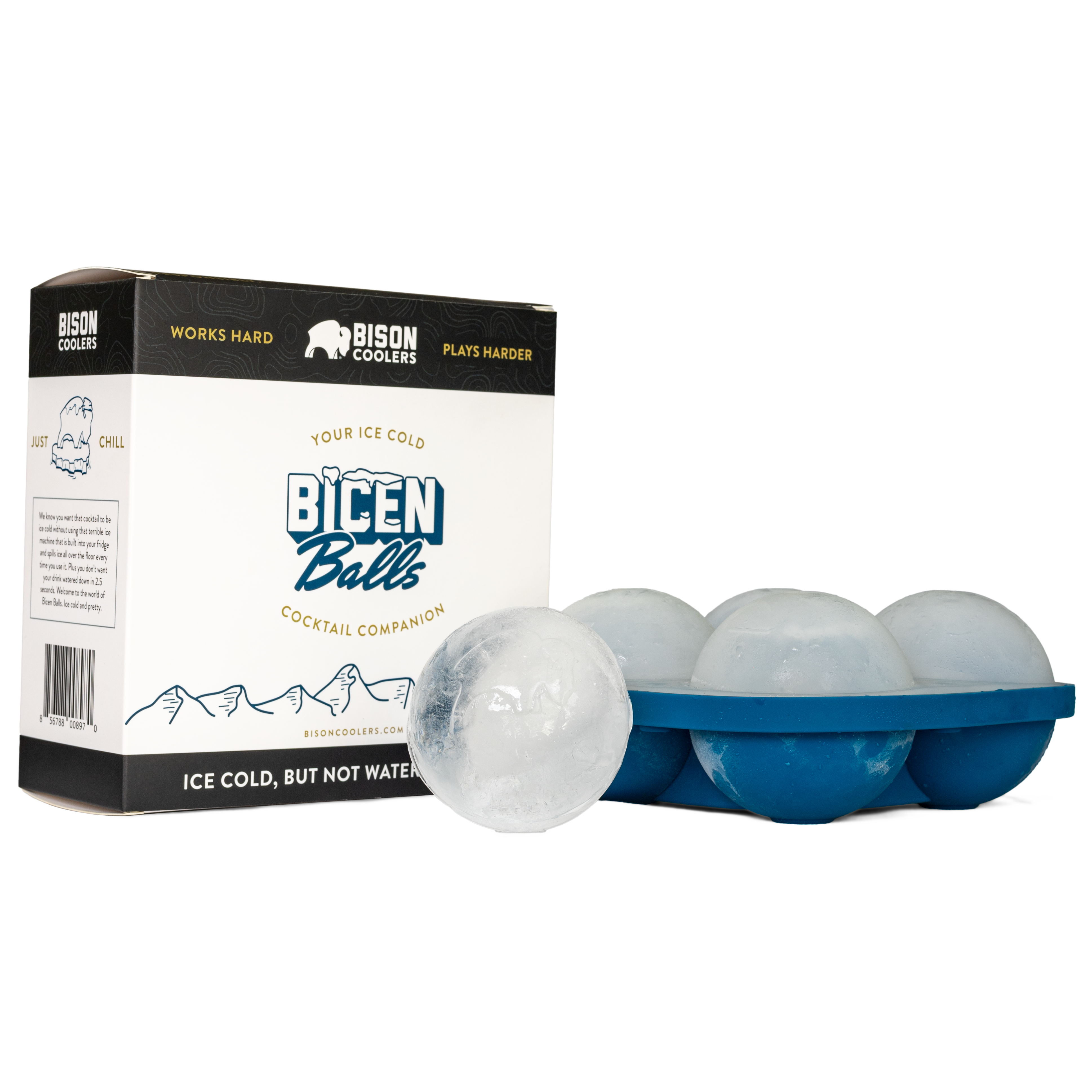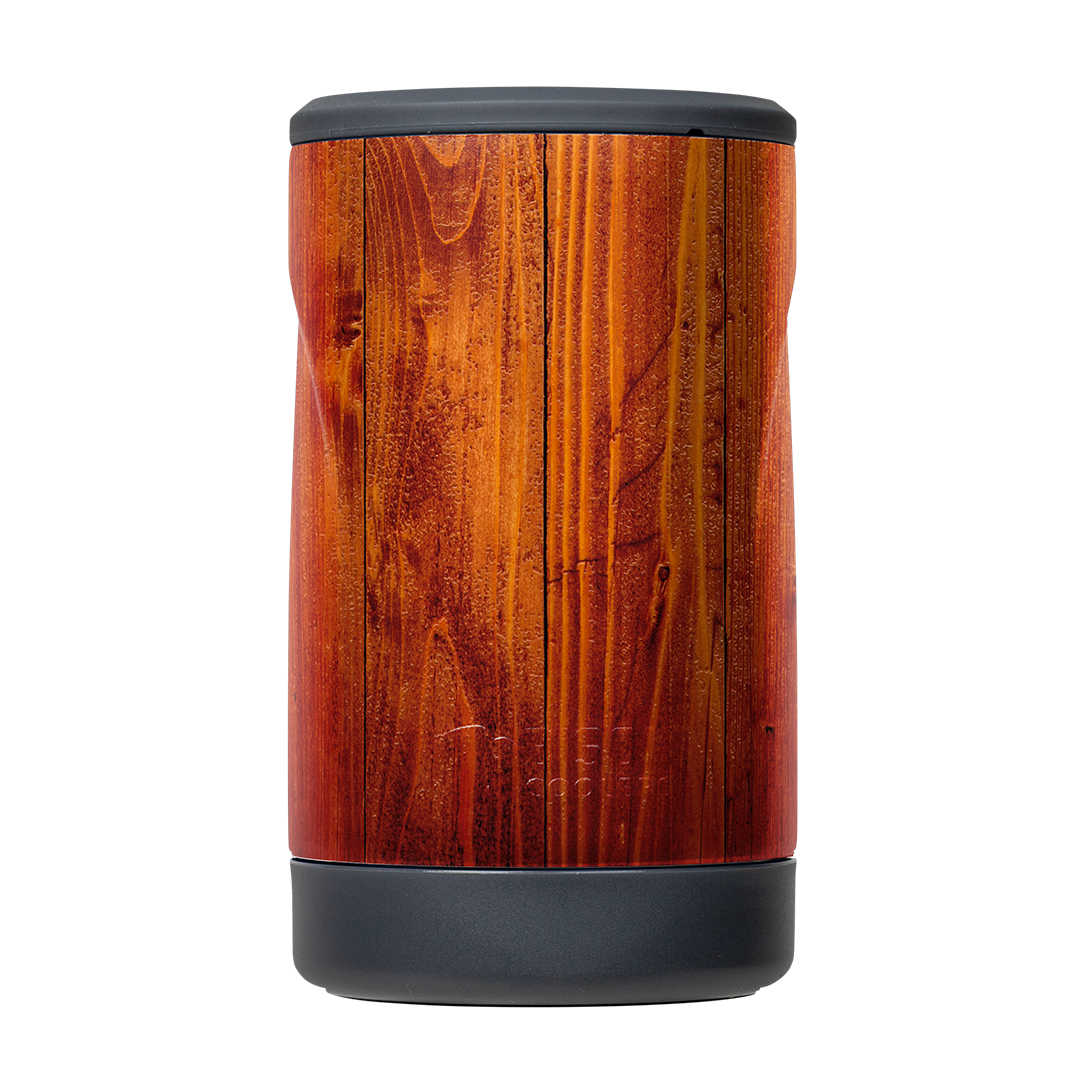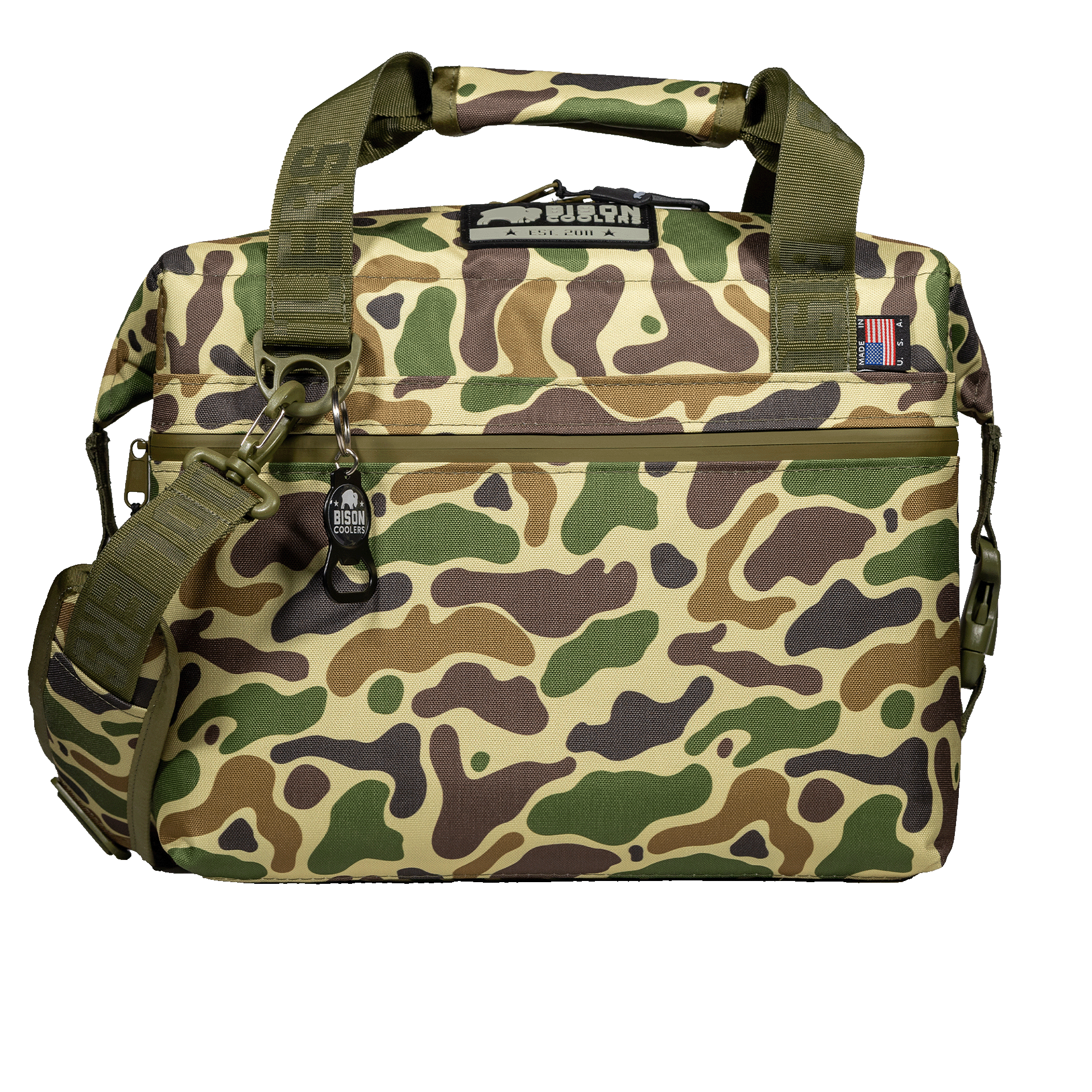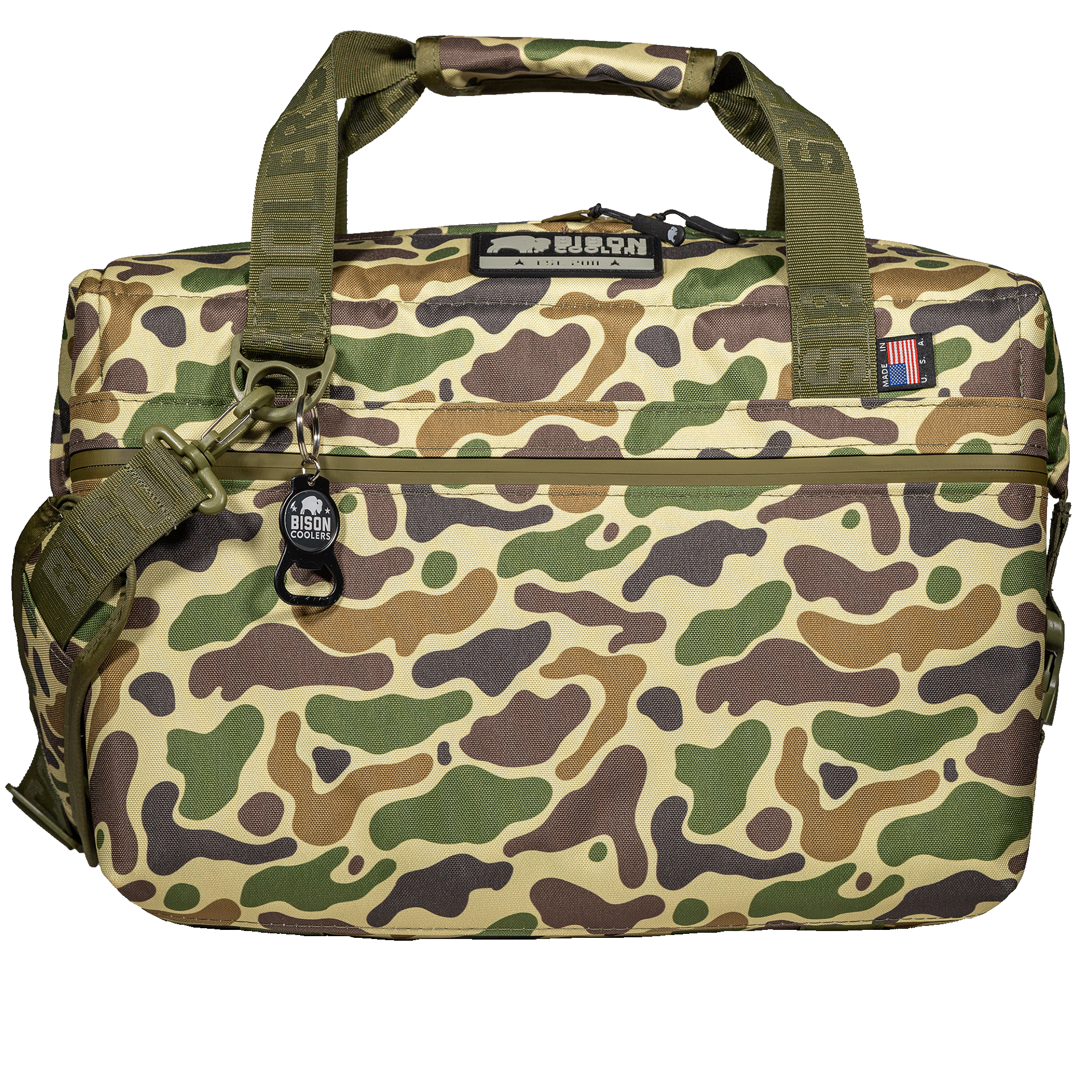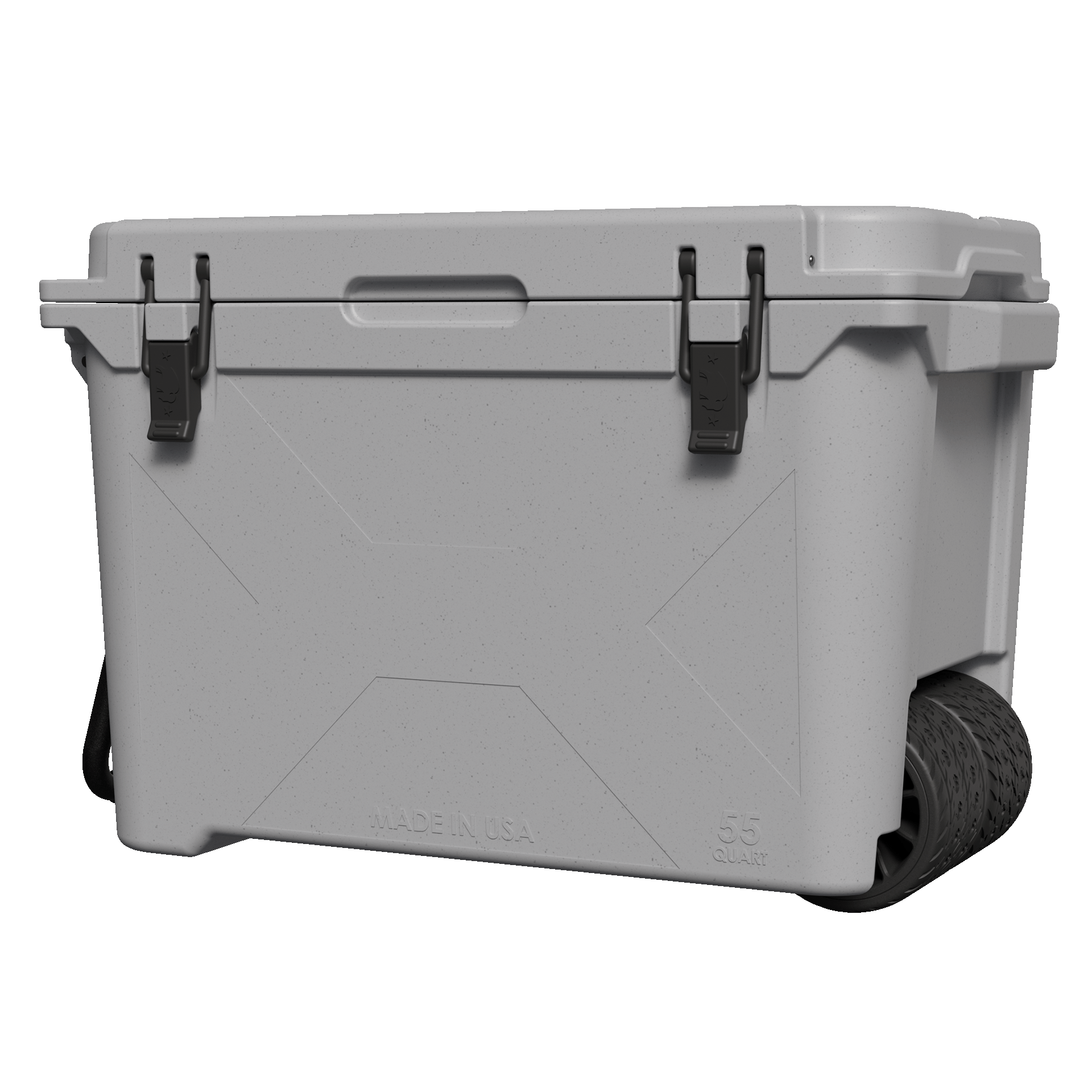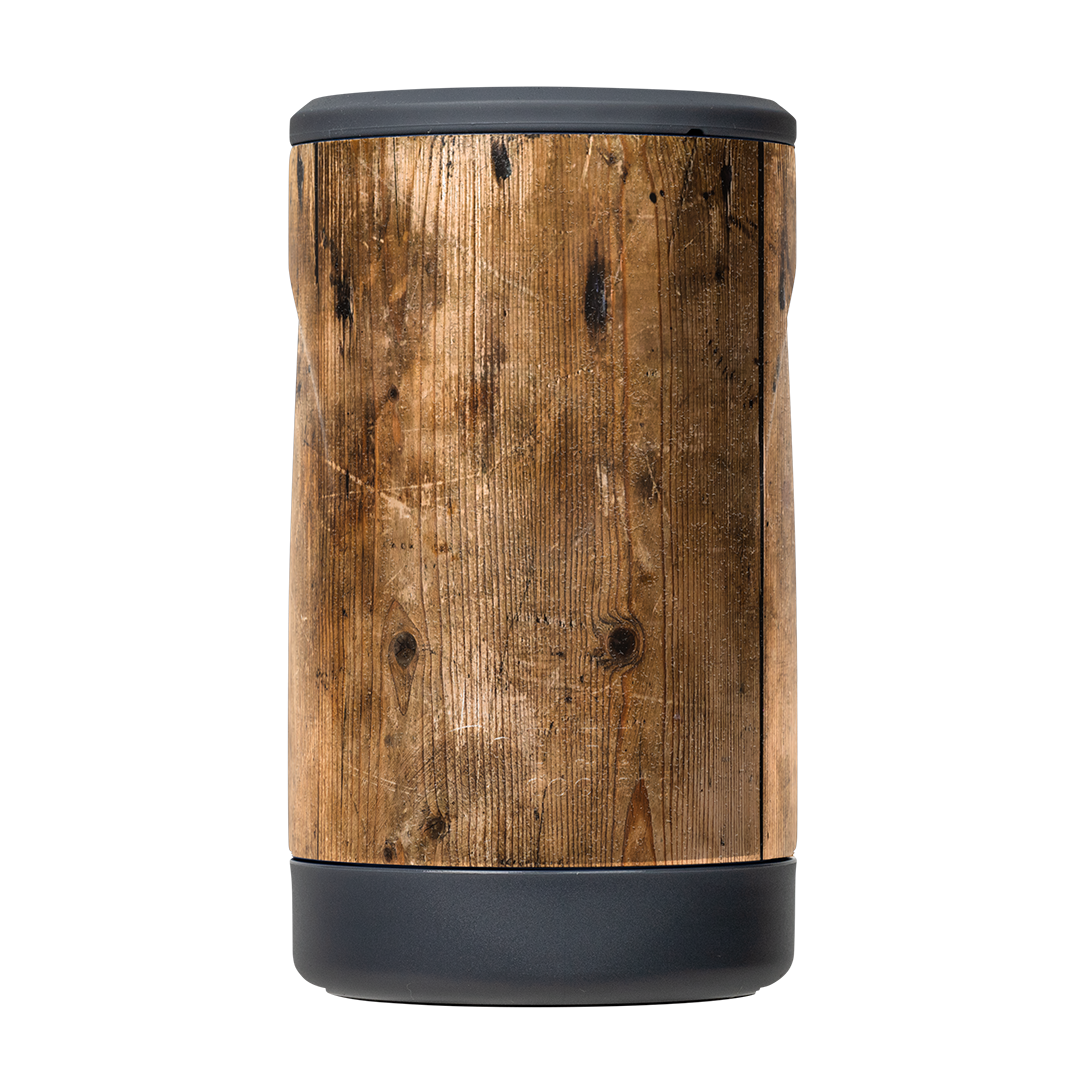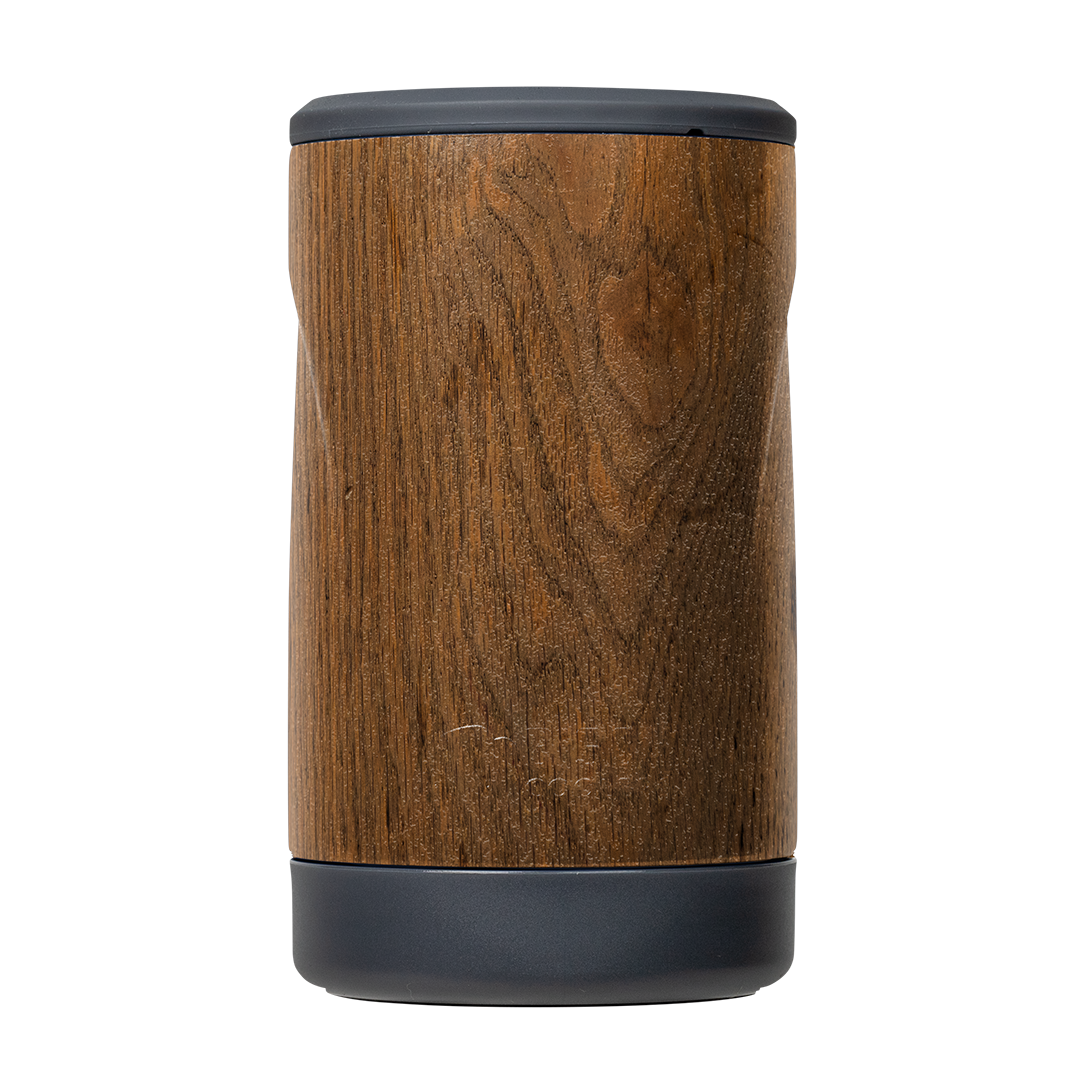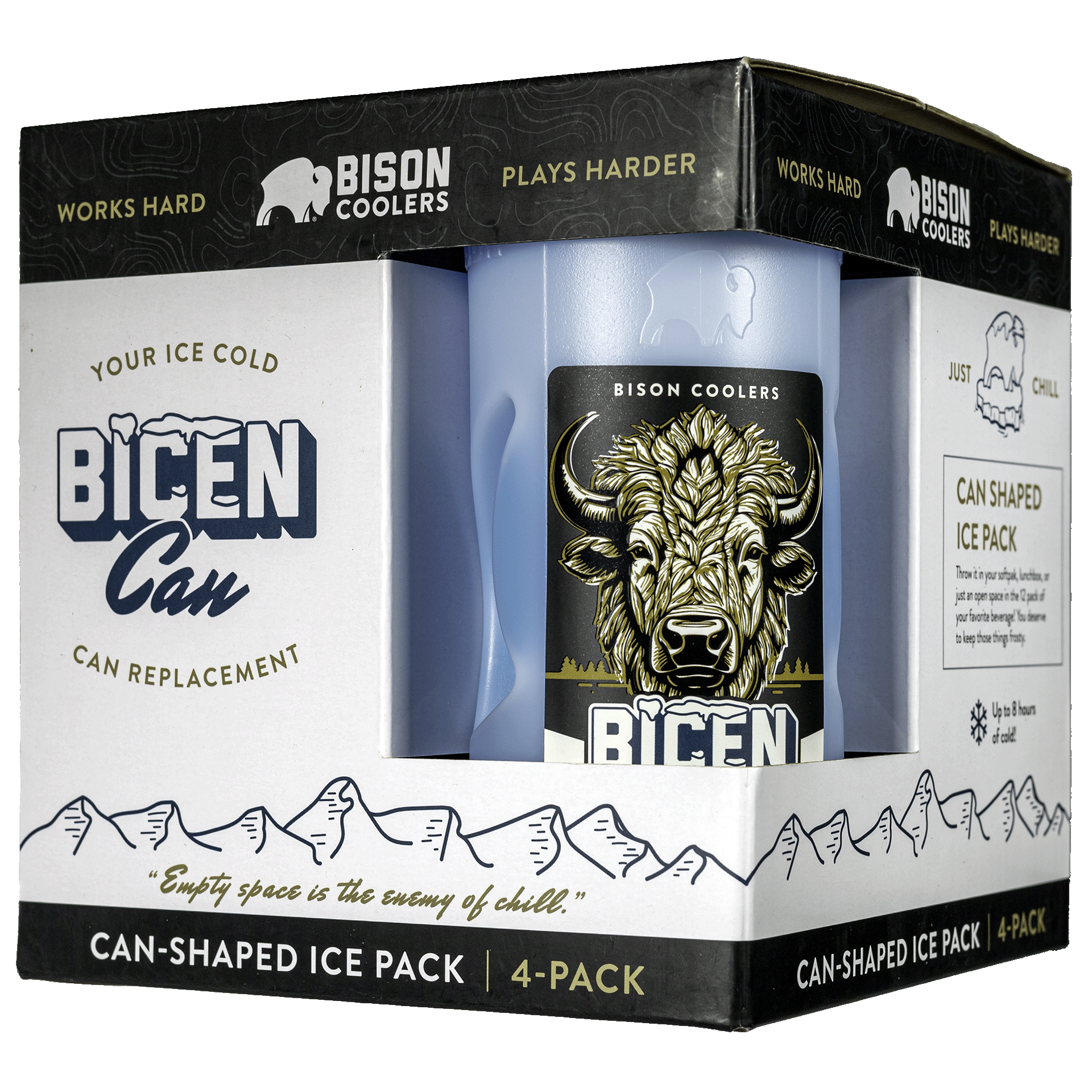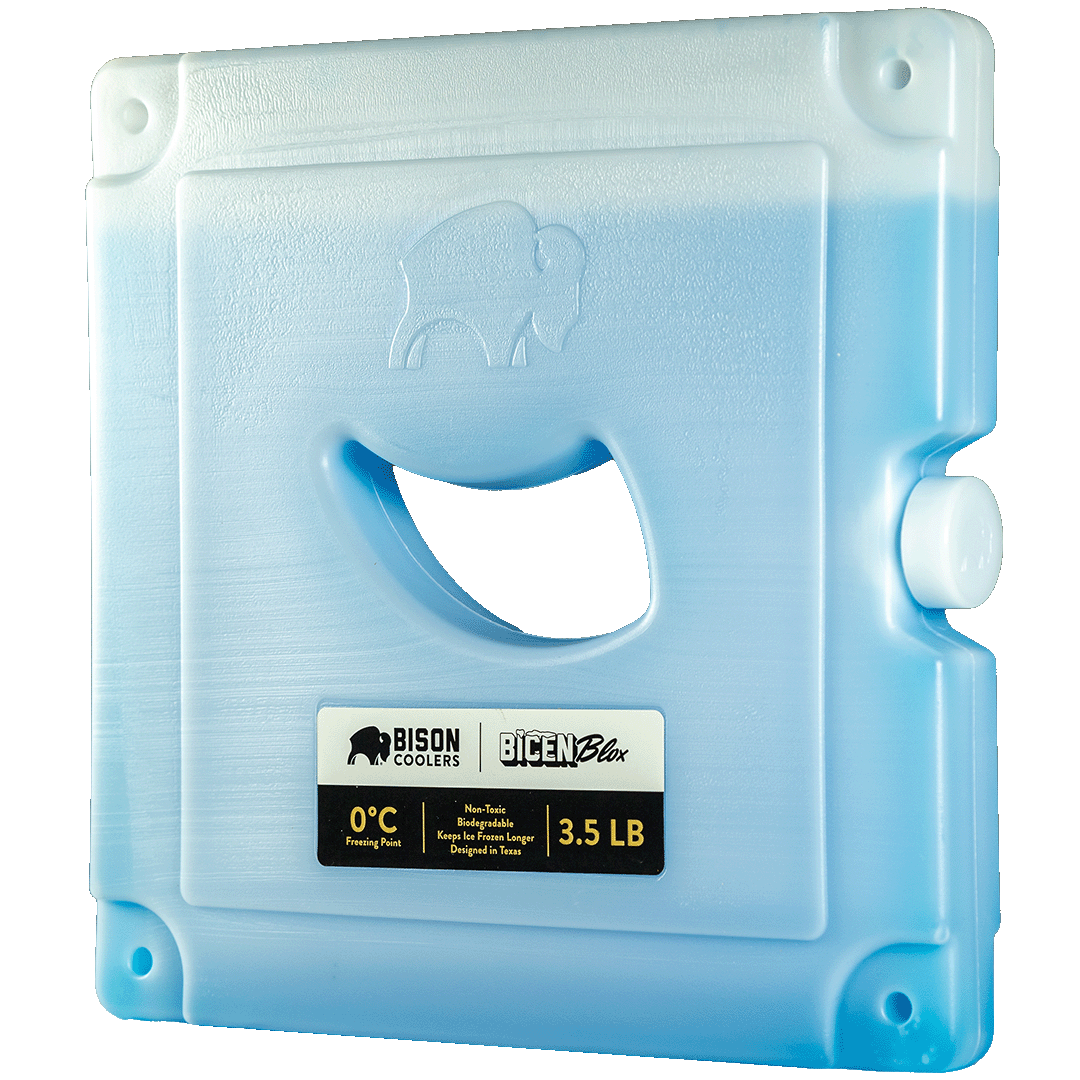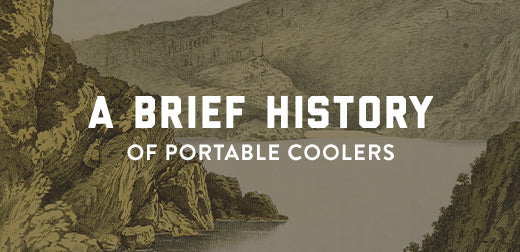
A Brief History of Portable Coolers
Timeline - A Brief History of Portable Coolers
Whether you’re hunting, fishing, picnicking, or simply schlepping snacks for a road trip, the portable cooler has been keeping things chill since the 1950s. But who came up with this marvel of relatively modern technology? The answer is surprising complicated.
1802:
Thomas Moore, a Maryland farmer, engineer, and cabinetmaker, invents the “refrigerator,” an oval cedar tub packed with ice and insulated with rabbit fur. Moore’s reason for developing this ice box? He was looking for a way to transport butter from Georgetown (Washington D.C.) to his home in Montgomery County.
1928:
Coca-Cola hires a sheet-metal manufacturing firm to create a specialized Coke cooler to be sold to individual retailers. The innovative design features an ice box on top to hold full sodas and an angled rack on the bottom for empties.
1947:
Igloo gets into the cooler game with galvanized steel buckets designed to keep water colder longer. These buckets prove especially popular in Texas, where they’re used to keep workers in the oil fields hydrated.
1951:
Richard C. Laramy files an application with the U.S. Patent Office for a “portable ice chest for storing foods and the like.” While the patent doesn’t go into specifics regarding materials, Laramy’s design is an insulated container with a lid and a compartment in the bottom for holding ice.
1952:
Malleys, a refrigeration company in Sydney, Australia, releases a portable version of their ice refrigerator. Dubbed the “Auto Box,” this portable cooler is made from galvanized iron with sheets of cork between the layers to provide insulation.
1953:
Meanwhile, Laramy’s patent for his portable ice chest is *finally* issued on December 22. The company Laramy works for, Queen Stove Works, adds snap-lock handles and a bottle opener to Laramy’s design and markets their portable cooler as the “Kampkold.”
1954:
Coleman, a company then best known for its lanterns, acquires Queen Stove Works and begins manufacturing ice chests, which they market as “coolers.”
1957:
Coleman improves on the old metal cooler design by swapping out the steel for plastic. This same year, Coleman also introduced the first Styrofoam ice chests, made from a material developed by Dow Chemical in 1944 as a wartime rubber substitute.
1962:
Igloo moves away from their steel bucket design and begins manufacturing stylish coolers. Their earliest models resemble picnic baskets and come in a variety of colors.
1970s:
Soft-sided coolers become popular as Coleman and Igloo begin manufacturing specialty containers made of vinyl and nylon. Admittedly, these materials are less durable than hard plastic or metal, but they’re also lighter and *much* easier to clean.
1992:
Igloo puts wheels on the cooler, along with a convenient handle. This simple innovation makes increases the portability of their coolers, which allows Igloo to start releasing models with increased storage size.
2006:
Ryan and Roy Seiders, brothers and avid fishermen, come up with the idea of using roto-molding (the same process used to form boats) to manufacture coolers. The result is a durable cooler capable of standing up to brutal outdoor punishment.
2011:
Bison Coolers is founded in Fort Worth, Texas with the intention of manufacturing and selling the best American-made outdoor coolers on the market. We may not have invented the portable cooler, but we definitely perfected it.

